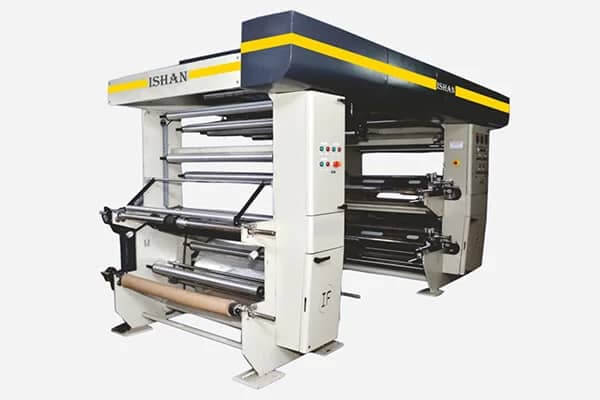Flexography, commonly known as flexo printing machine, is a variable printing process that utilizes flexible relief plates. These plates are scale on rotating cylinders, transferring ink onto a foundation, typically paper, plastic, or film. Flexo printing is eminent for its ability to handle a wide range of materials, making it ideal for various applications like packaging, labels, newspapers, and more.
Flexo printing, also known as flexography, is a flexible printing technique that uses relief plates that are flexible to transfer ink onto a variety of substrates, including paper, plastic, and film. Flexo printing, in contrast to conventional printing techniques, applies ink using revolving cylinders, enabling rapid production and superior print quality. Because of its versatility and effectiveness, it is frequently used in a variety of industries, including newspapers, labels, packaging, and more.
Due to its many benefits, flexo printing machines are causing a lot of changes in the printing sector. They first facilitate high-speed production, which shortens lead times and boosts output. Second, a variety of materials and ink types may be accommodated by these machines, which makes them ideal for a broad range of applications. Flexo printing is also affordable because of its short setup periods and economical ink usage.



